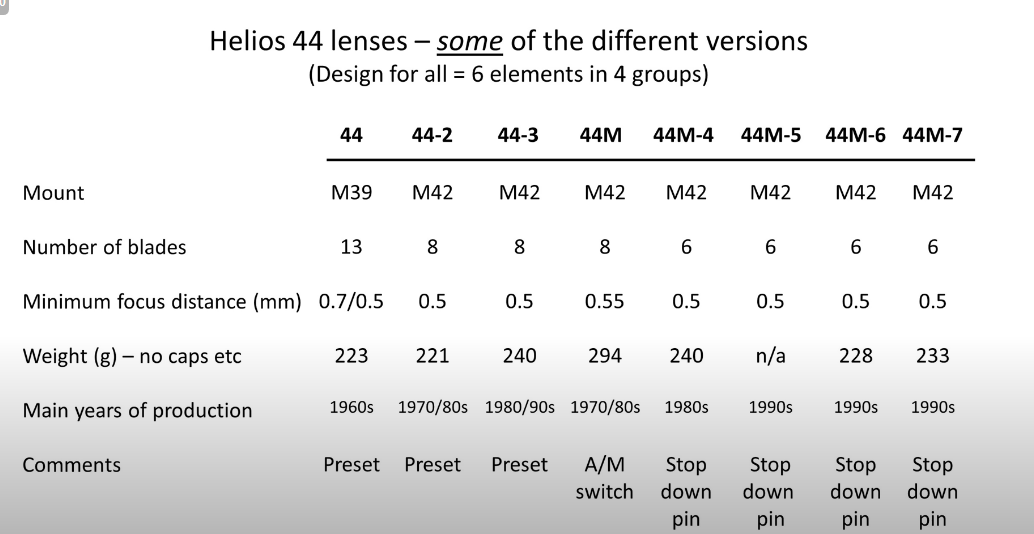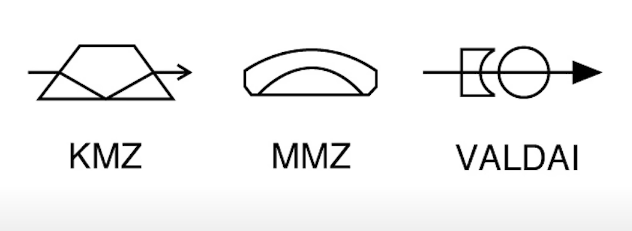created, $=dv.current().file.ctime & modified, =this.modified
tags: Photography
NOTE
I picked up one of these popular vintage lenses and wanted to find out more information about it. What I am finding is that each lens is very idiosyncratic, partially from the production time and partially because of the effect of use and aging on components. This also confers character, as multiple secondhand purchases of ostensibly the same lens can produce images that vary.
What I realize is that this carries with it a different importance and value to whatever lens that you purchase, if it is quality you like. That whole idea of “one of a kind” that has been lost with a very sterile and precise production practice.
Not to say there aren’t some benefits to new lenses (you can have a company that produces idiosyncratic lenses, but unfortunately this mass production will generally wipe out character because it isn’t in their best interest to produce something that is unique, where a more vanilla look will apply better to the market.)
But what I love here about choosing an older lens, precisely the imperfections and problems. I am so tired of an easy, vanilla appearance.

Helios-44 is a Soviet copy of the Carl Zeiss Biotar 58mm ƒ/2 lens produced under the Helios lens brand.
After WWII Soviet Union took a lot of technology from Germany and started producing replicas of Biotar 58mm.
Helios 44 was initially created in the 1960s Soviet Union and continued production through the early 90s in various manufacturing plants. It produced a distinctive swirly bokeh. Early versions were silver with 13 blade diaphragms, with later versions having 8 blades.
Earliest versions were made in the KMZ plant.
 But lenses started to be mass produced in MMZ and VALDAI plants. In late 70s, VALDAI plant was producing almost all of the Helios lens, for cheaper costs, affecting the build quality.
But lenses started to be mass produced in MMZ and VALDAI plants. In late 70s, VALDAI plant was producing almost all of the Helios lens, for cheaper costs, affecting the build quality.

On swirls
The reason for the swirly effect is that your out of focus highlights or speculars often referred to as “bokeh balls” become more cateye shaped the further you get from the center of the image, resulting in the illusion that the background is swirling around the center of the frame. This phenomenon is often referred to as “optical vignetting” but it is actually the result of a term called “Sagittal aberration” – Basically it is uncorrected aberrations in the sagittal plane of the optical path. In other words the swirly bokeh lenses are lenses that don’t do much to correct these aberrations, or in the case of some Lens Baby swirl lenses even enhance the occurrence of these aberrations.